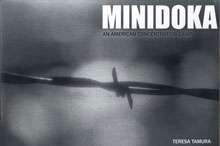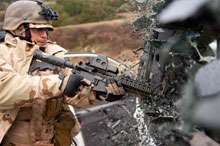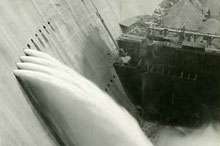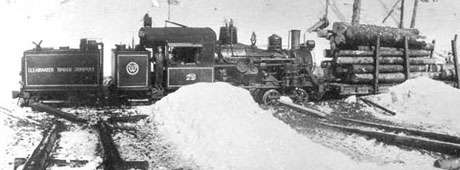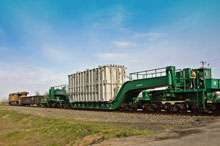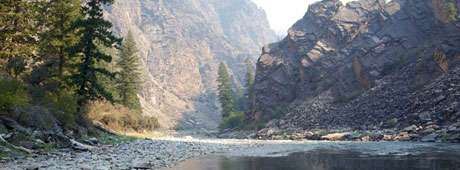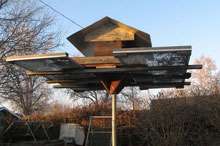No products in the cart.
Splendid Misery

Camping is a great American tradition invented by masochists—or by children. What full-grown woman in her right mind would trade in her modern kitchen for a camp stove, and her comfy bed for a noisy air mattress in a tent where you can hear someone else’s husband snoring twenty-five feet away?
But to children, camping is magic: dirt is in and rules are out. The announcement to the family, “We’re going camping,” is greeted by cheers from the kids, who will have nothing to do but tease their siblings and test out their slingshots while their parents confront the real-life jigsaw puzzle of fitting seven sleeping bags, one extra-large tent, tarps, pillows, portable crib, bag of diapers, camp stove, grill, propane tank, lanterns, swimming suits, towels, snacks, water jugs, games, dining fly, stakes, tools, clothing, ice chests, and floating toys into the three-by-five foot space behind the seats in the SUV. Continue reading →
This content is available for purchase. Please select from available options.
Purchase Only
Purchase Only


